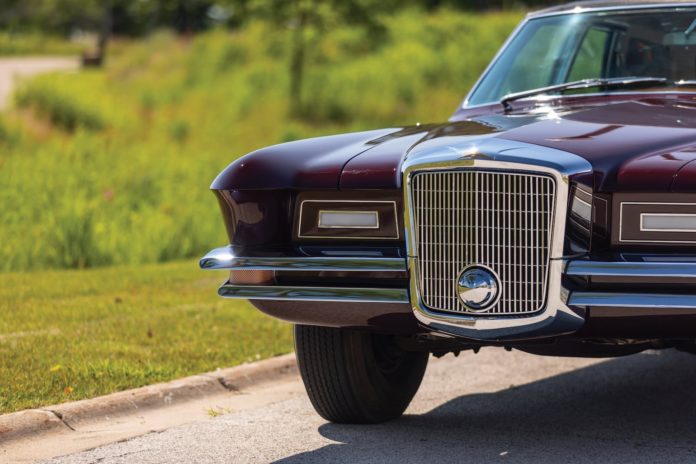There was a time when cars were more than mind-numbing appliances, before government bureaucrats rendered them nothing more than banal purveyors of transportation.
As our cars are being transfigured into oversized golf carts, it’s worth recalling an era when power and passion guided automotive designers, when no idea was too outrageous.
And it was in the mid-century modern era when a design trend emerged that would capture the hearts and minds of Detroit designers for the next quarter century. Only one was ever built, but it proved to be massively influential and the car that caused it was introduced this week in 1966.
Ironically, the man who created it was Virgil Exner Sr., had been relieved of his duties at Chrysler Corp.
A Detroit Design Legend
Born in 1909 in Ann Arbor, Michigan, Exner went to work with Studebaker Corp. after studying art at the University of Notre Dame in Indiana.
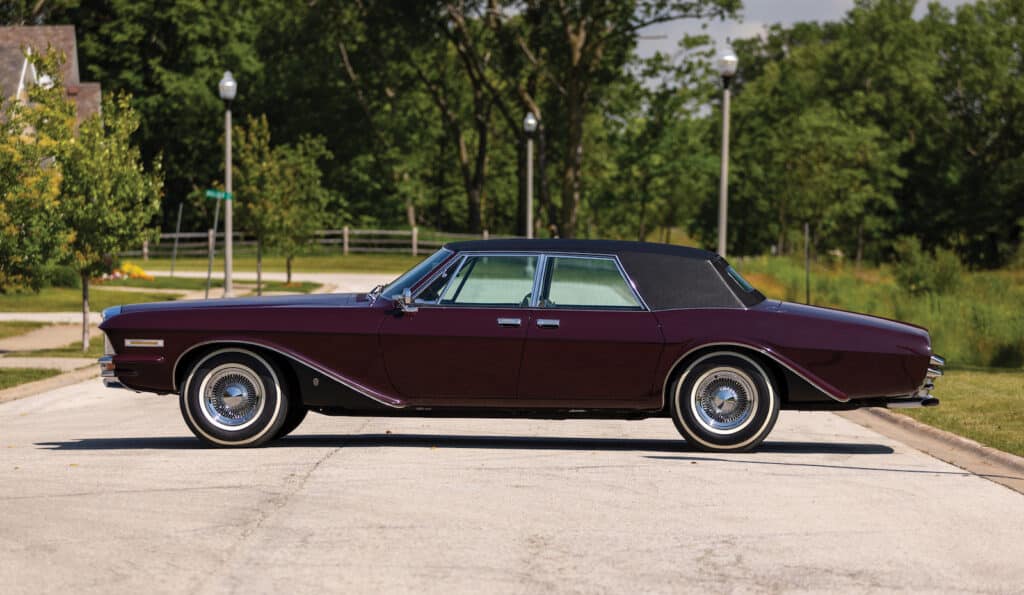
He joined the General Motors Art and Color Section in 1934, later becoming Chief Designer for Pontiac Studios, where he devised the Silver Streak motif that would endure on Pontiacs for decades.
He moved on to Raymond Loewy’s industrial design firm in 1938, where he once again found himself working with Studebaker. In 1949, Exner joined Chrysler as head of the newly established Advanced Design Studio. Within four years, he was guiding all other automaker’s design, before being promoted to Vice President of Styling in 1957.
But a mistaken push by management to downsize their cars, the disastrous effects on Exner’s designs led to dismal sales in 1962, got Exner forced out and replaced by Ford Motor Co.’s Elwood Engel. While Engel received credit for Chrysler’s cleaner 1963 designs, they were Exner’s work. But by this time, he had set up his own design consultancy, designing boats.
But it would be a request from Esquire Magazine that would change the trajectory of American automotive design.
A look back leads to the future
The request had come from writer Diana Bartley, and it was a simple one. How did current car design trends relate to classic cars from the 1930s? The result was four sketches that suggested what a Stutz, Mercer, Duesenberg and Packard would look like had their classic design features been incorporated into a more modern package.
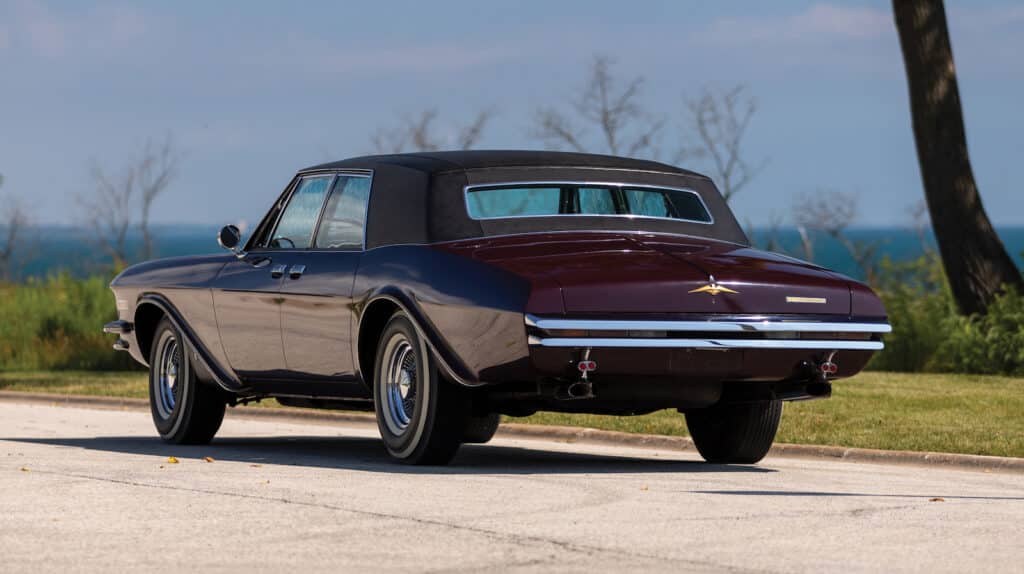
For Exner, it was a natural extension of design ideas he began to explore at Chrysler, where he incorporated such classic elements as freestanding headlamps and a spare tire cover on the 1961 Chrysler Imperial.
“I’ve designed. A lot of cars — the 1938 Pontiac, the Studebakers of 1939 to 1949, the Chryslers from 1955 to 1962, as swell s many one-of-a-kind show cars,” Virgil Exner Sr. said in an interview with Automobile Quarterly. “But my interest in the classic line has never wavered.”
When Exner heard of the attempt to revive Duesenberg under the auspices of Fred Duesenberg, the son of Duesenberg founder August Duesenberg, and Mylo Record, he contacted the newly formed Indianapolis company to ask for a meeting.
Exner and his son, Virgil Exner Jr. met with Fred and Mylo, showing sketches as well as advising them on timing and cost to build a prototype, as well as details on the lead-up to production. They ended up landing the contract.
Designing a Duesenberg
Exner and his son examined the current American and European luxury car offerings along with classic American luxury cars of the past.
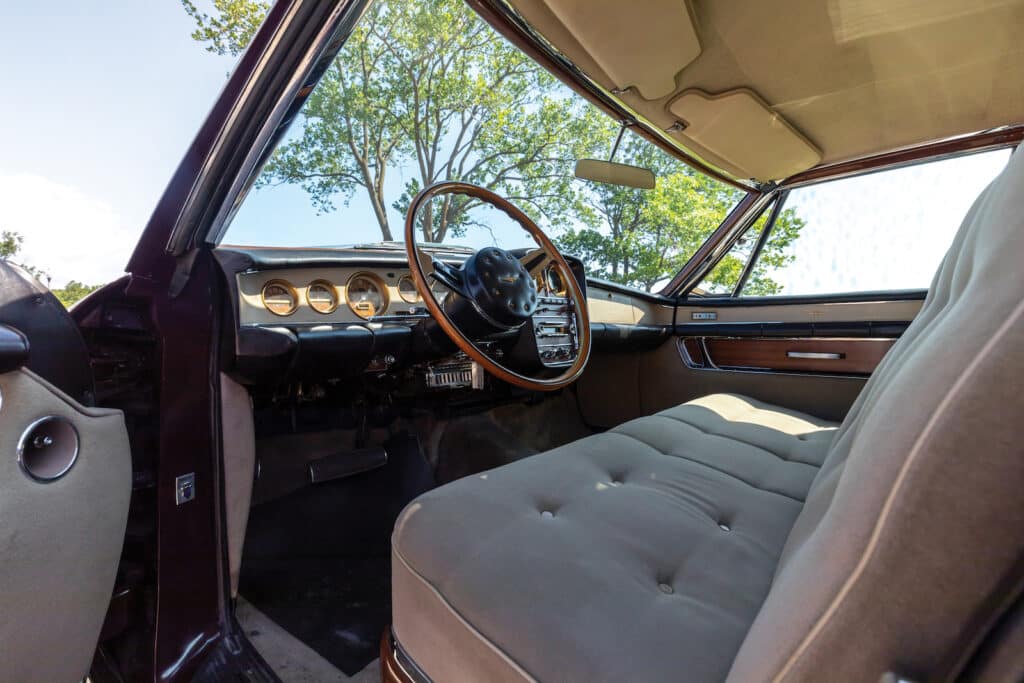
“We decided that what we wanted was a blend of the contemporary and the classic — a new car but with enough borrowed from the old to satisfy the nostalgic,” Exner Sr. said. But of the different Duesenbergs made, one stood apart.
“It was the Model J that most influenced us in our approach to a new Duesenberg.”
What they ended up with was a stylistic departure from then-current automotive design. Instead of the horizontal grille then in fashion, the Duesenberg wore a classic vertical grille with sweeping fenders and large open wheel wells that recall vehicles from three decades earlier. Full instrumentation was standard at a time when idiot lights were de rigueur.
The car employed a Chrysler Imperial 129-inch wheelbase stretched to 137.5 inches. Overall length was a massive 244 inches, an inch longer than a Cadillac Fleetwood Series 75 limousine. The hood alone was 80 inches long and sheathed the 1966 Chrysler Imperial’s 7.2-liter V-8, rated at 425 horsepower. Thankfully, dual 16-gallon fuel tanks were standard, as were four-wheel disc brakes and Dayton 15-inch wire wheels.
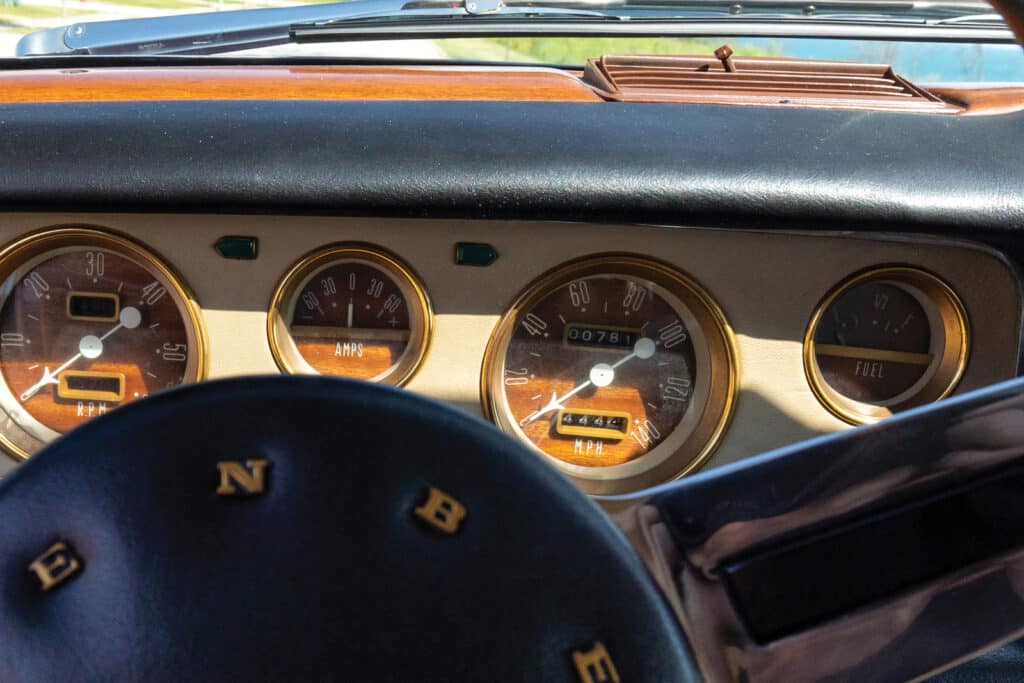
The new Duesenberg’s cabin was lavishly finished in European mahogany, cashmere broadcloth and leather upholstery, and mouton carpeting, a high-grade sheepskin that mimics mink fur or sheared beaver, and used in Rolls-Royce, Bentley, Cadillac and Lincoln models of the time. Rear seat passengers were also to get a standard gauge panel; a TV and minibar were offered as part of a proposed $1,800 option package.
Carrozzeria Ghia, which created the prototype, was supposed to produce the Model D’s chassis and bodywork and ship them to an Indianapolis plant where the powertrain and other components would be installed.
The wheels come off
This week in 1966, the Duesenberg Model D prototype debuted at the Sheraton-Lincoln Hotel ballroom in Indianapolis. With a price of $19,500, three times that of a Cadillac Fleetwood 60 Special, promoters promised the production car would have a 8.2-liter aluminum V-8 and four-wheel independent suspension. Plans called for 150 cars in the first year, and 500 units annually after that.
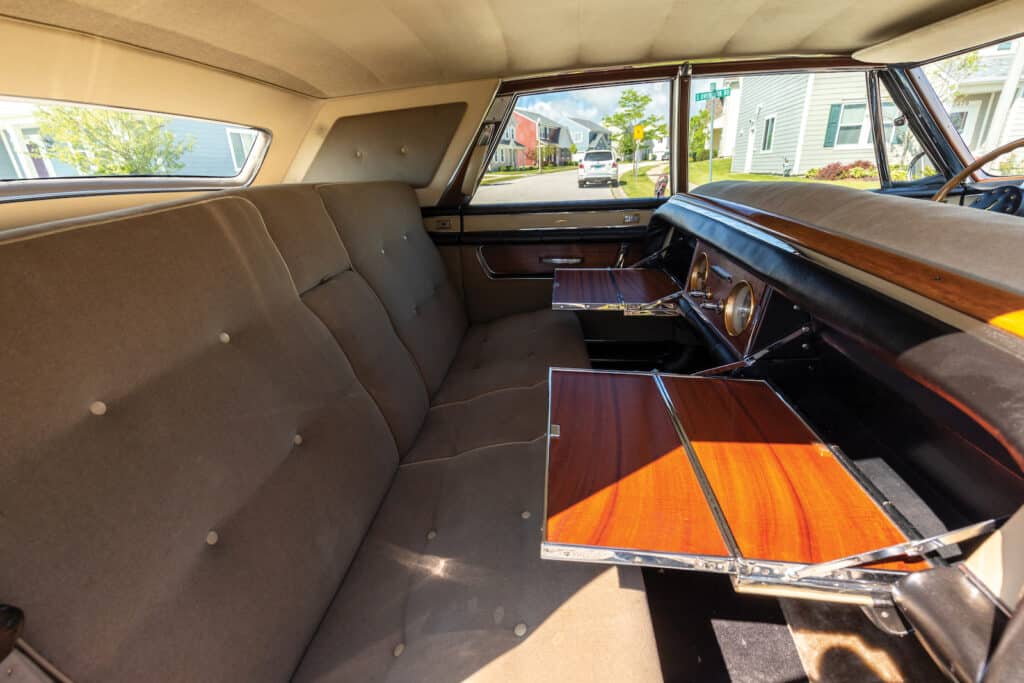
After the car’s debut, Exner held private showing, attended by more than 100 Detroit auto executives and designers. But the financing for the project dried up after a year-and-a-half. The 1966 Duesenberg Model D was dead, as were hopes of a revival.
Neither Virgil Exner Sr. or Jr. was paid for their work, as they had agreed to be paid a royalty on each car sold.
The neo-classicism that Exner had created had given Detroit a new design direction, and its look would soon be widely copied on such vehicles as the 1969 Lincoln Continental Mk. III and 1969 Pontiac Grand Prix.
Even the 1969 Cadillac Fleetwood saw its formerly horizontal grille grow vertically. By the mid-1970s, Exner’s neo-classicism had swept through Detroit. It’s hard to imagine the Lincoln Town Car existing had it not been for the Duesenberg Model D. When Cadillac introduced the Fleetwood Brougham in 1977, the era’s design had now been enshrined as the Brougham era – one that seems unlikely to return.

